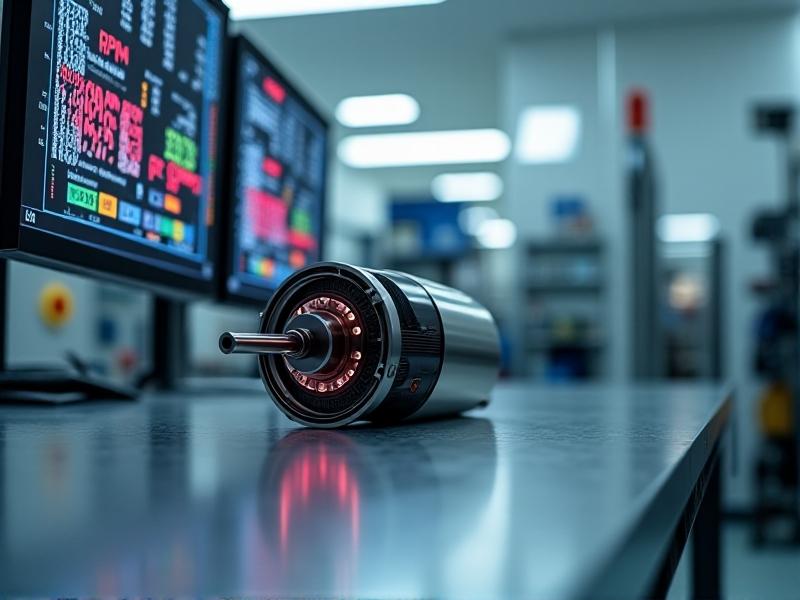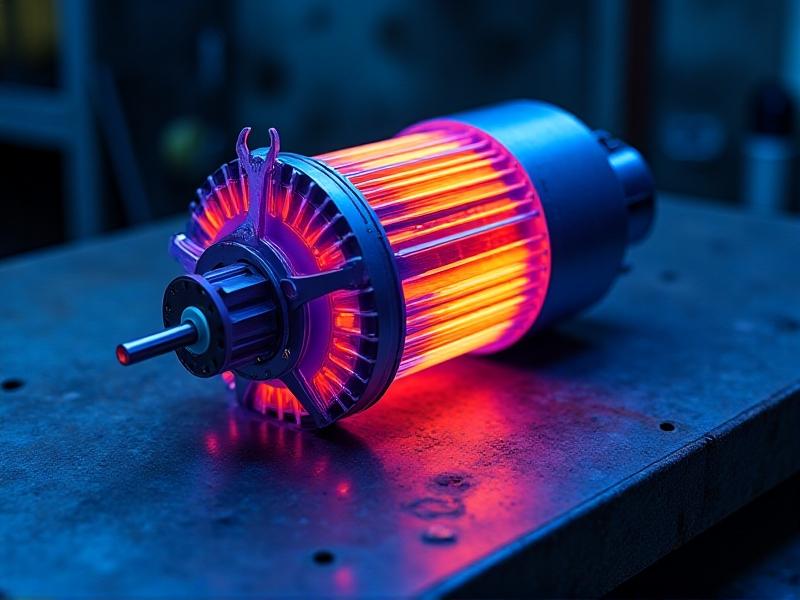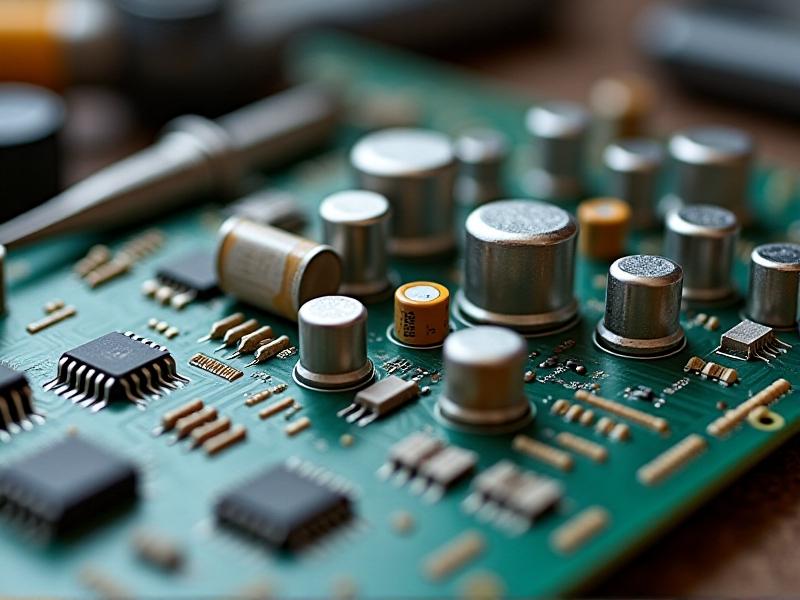Motor Speed Consistency Testing Methods
Understanding Motor Speed Consistency and Its Importance
Motor speed consistency refers to the ability of a motor to maintain a stable rotational speed under varying conditions. This characteristic is critical in applications ranging from industrial machinery to electric vehicles, where even minor deviations can lead to inefficiencies, wear and tear, or system failures. For example, in automated manufacturing lines, inconsistent motor speeds might disrupt synchronization between robotic arms, causing production delays. Similarly, in consumer electronics like drones, speed fluctuations could compromise stability during flight. Testing motor speed consistency ensures reliability, longevity, and compliance with performance benchmarks.

Static vs. Dynamic Testing Approaches
Static testing evaluates motor speed under controlled, unchanging conditions, such as a fixed load or voltage. This method isolates variables to pinpoint inherent motor performance. In contrast, dynamic testing simulates real-world scenarios by introducing variable loads, temperature shifts, or voltage fluctuations. For instance, testing an electric vehicle motor might involve abrupt accelerations and decelerations to mimic urban driving. Both approaches offer complementary insights: static testing identifies baseline capabilities, while dynamic testing reveals how external factors affect consistency. Combining these methods provides a holistic understanding of motor behavior.

Precision Measurement Tools for RPM Analysis
Accurate measurement is the backbone of speed consistency testing. Laser tachometers, which use reflective markers to calculate rotations per minute (RPM), offer non-contact precision ideal for high-speed motors. Optical encoders, attached directly to motor shafts, provide real-time feedback by converting rotational movement into electrical signals. For example, in aerospace applications, optical encoders ensure jet engine turbines maintain exact speeds during flight. Advanced data acquisition systems aggregate these measurements, enabling engineers to detect micro-fluctuations invisible to traditional tools.

Environmental Factors Affecting Speed Stability
Motors rarely operate in ideal environments. Temperature changes can alter material conductivity, while humidity may corrode components. For example, a pump motor in a wastewater treatment plant faces moisture, debris, and load variations. Testing must replicate these conditions to assess true performance. Solutions include thermal imaging to monitor heat distribution or vibration dampers to counteract mechanical stress. Understanding environmental impacts allows engineers to design motors with robust housings or adaptive control systems that compensate for external disruptions.

Standards and Compliance in Motor Testing
Organizations like ISO and IEC establish testing protocols to standardize motor performance evaluation. ISO 10816, for instance, defines acceptable vibration levels for rotating machinery. Compliance ensures interoperability and safety—critical for sectors like medical devices, where a motor failure could endanger lives. Certifications also build consumer trust; an HVAC motor bearing an IEC 60034 rating signals adherence to efficiency and durability benchmarks. Regular audits and documentation are essential to maintain compliance as designs evolve.
Challenges in Maintaining Speed Consistency
Common challenges include electromagnetic interference (EMI) disrupting sensor readings or mechanical wear introducing friction. For example, conveyor belt motors in mining operations face dust infiltration, gradually increasing resistance. Adaptive algorithms in motor controllers can counteract such issues by adjusting power input in real time. Additionally, predictive maintenance—using vibration analysis or lubricant degradation tests—helps address problems before they impact speed stability.
Case Study: Automotive Manufacturing Line
A leading automaker faced intermittent pauses in its assembly line due to motor speed inconsistencies in robotic welders. Dynamic testing revealed voltage drops during peak operational hours. Upgrading to motors with integrated voltage stabilizers resolved the issue, boosting production efficiency by 18%. This case underscores the value of real-world testing and adaptive motor designs in industrial settings.
Innovations in IoT-Enabled Motor Monitoring
IoT sensors now enable continuous remote monitoring of motor performance. For instance, a wind turbine farm might use edge computing devices to analyze speed data in real time, predicting maintenance needs before a failure occurs. These systems leverage machine learning to distinguish between normal operational noise and anomalies, reducing false alarms. Cloud integration allows cross-fleet comparisons, identifying design improvements for future models.
Best Practices for Reliable Speed Testing
Key practices include calibrating instruments before each test, using redundant sensors to verify data accuracy, and simulating worst-case scenarios during dynamic testing. Documenting environmental conditions—like ambient temperature during trials—helps correlate performance trends. For example, a food processing plant improved mixer motor reliability by 23% after adjusting testing protocols to account for seasonal humidity variations.
Future Trends in Motor Performance Optimization
Emerging technologies like quantum computing for predictive modeling or self-healing materials that reduce friction are poised to revolutionize motor testing. Researchers are also exploring bio-inspired designs, such as motors mimicking the efficiency of bacterial flagella. Sustainability is another focus, with testing methods increasingly emphasizing energy recovery systems to repurpose wasted kinetic energy.






